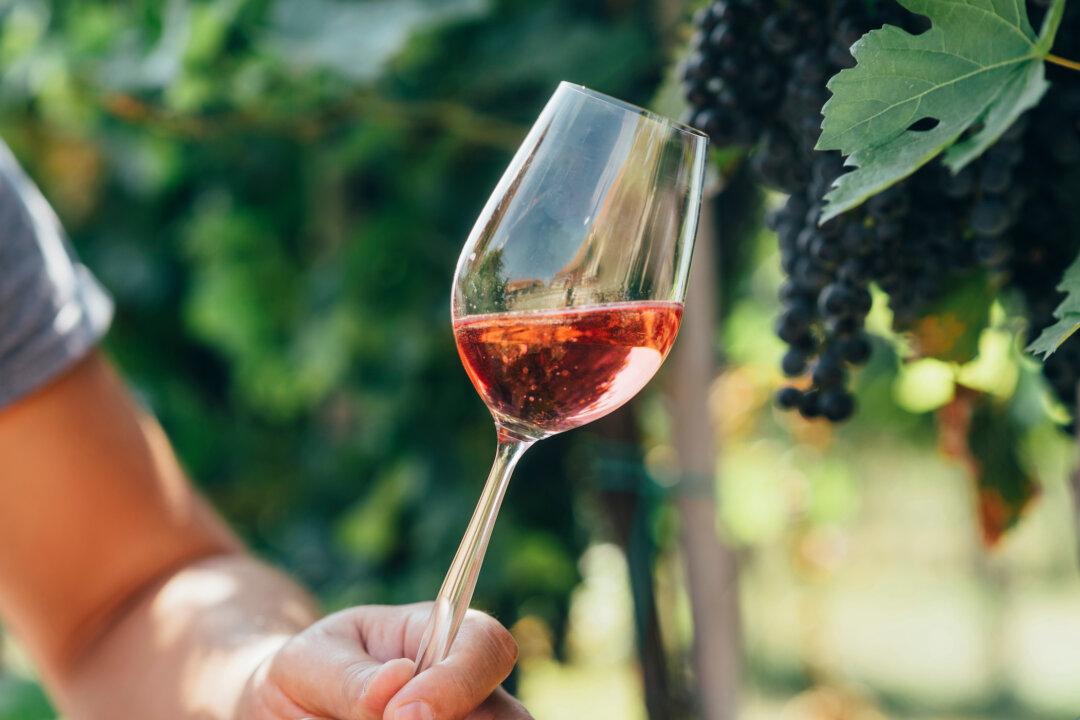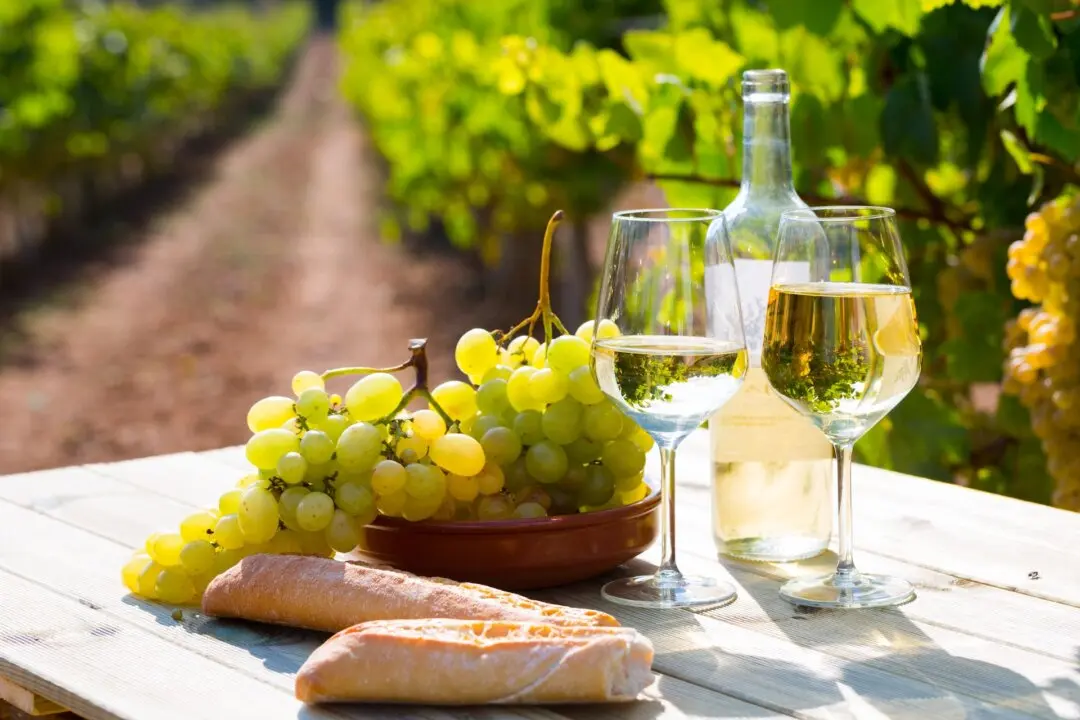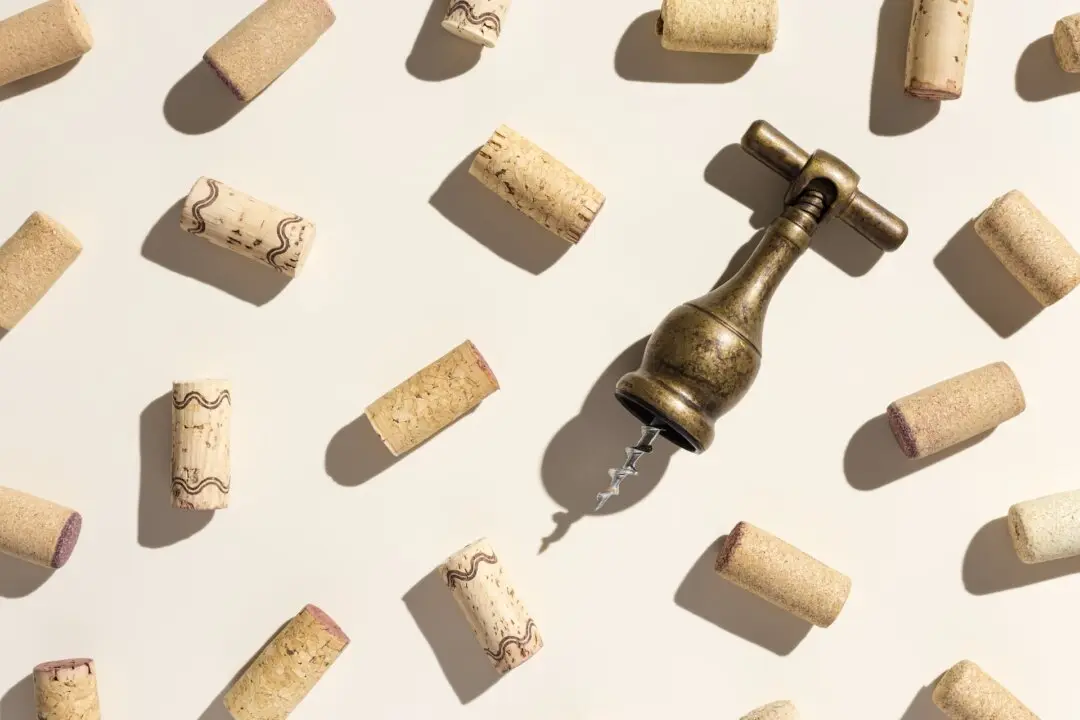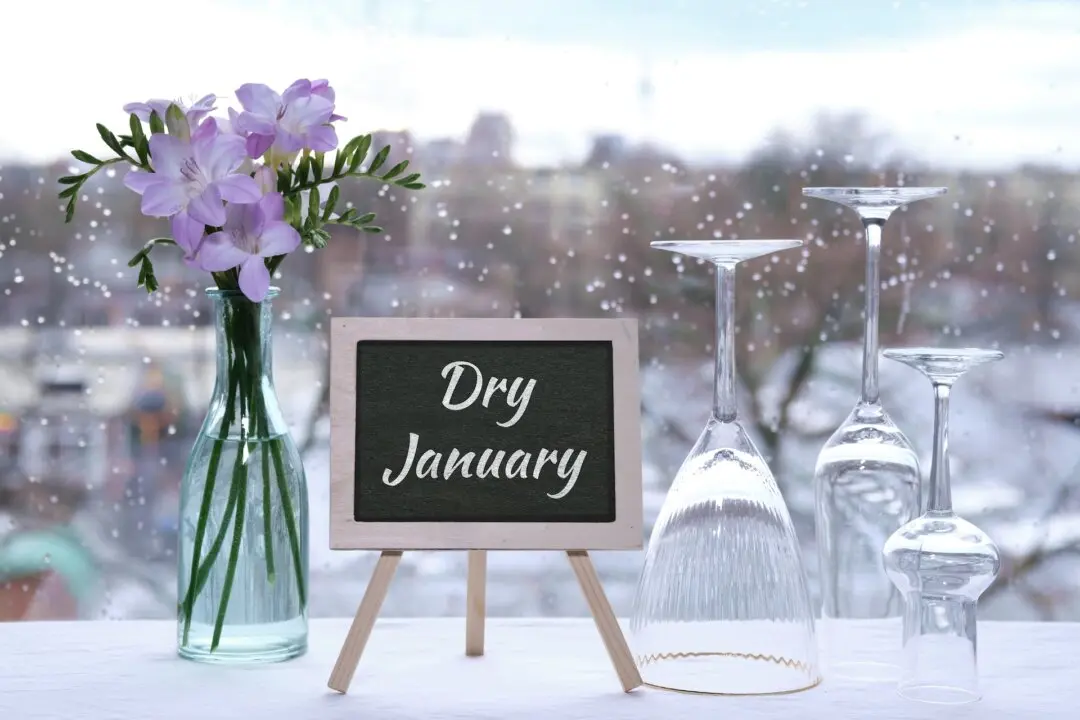All things change, and many of the changes may be seen only in retrospect.
Some issues are in structural elements of society that once were this way and now are that way. Sexual mores have certainly changed from the days when a “well-turned ankle” was witnessed as a risque, eyebrow-raising episode.





